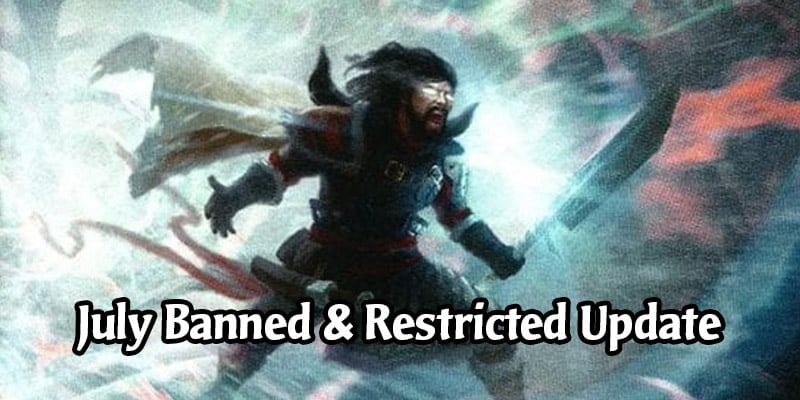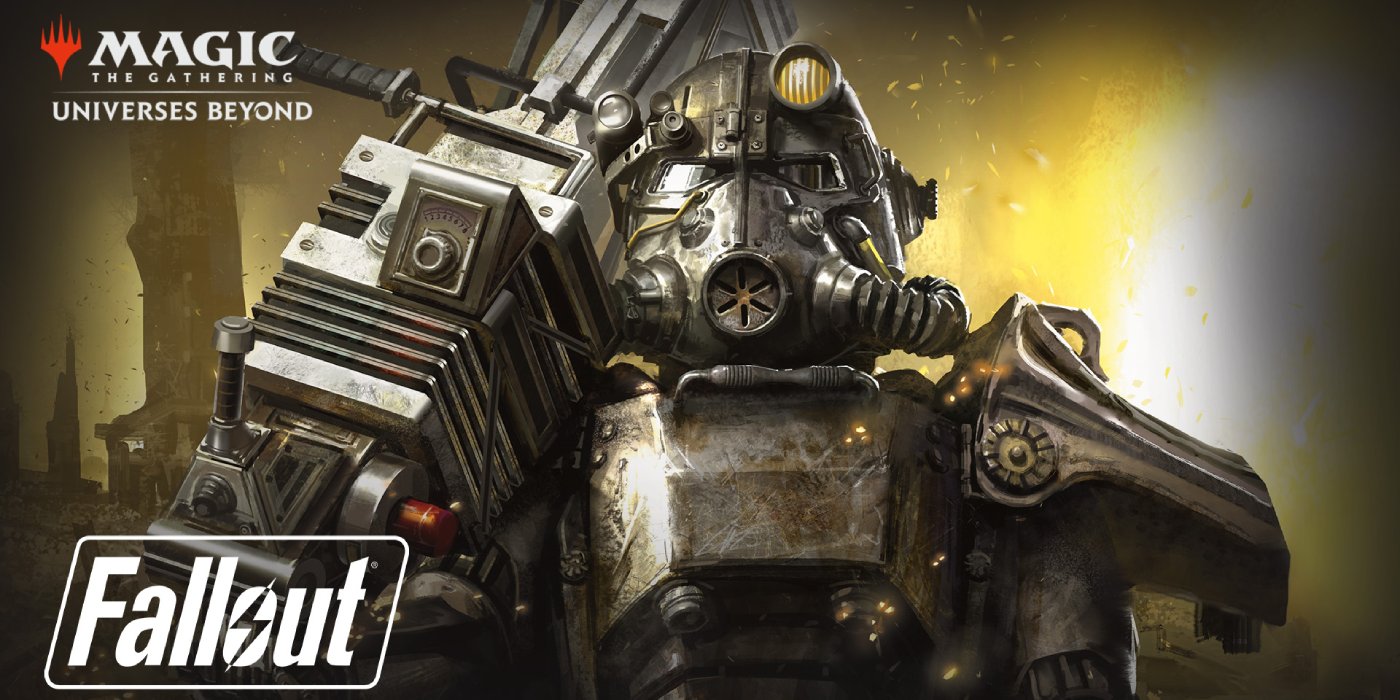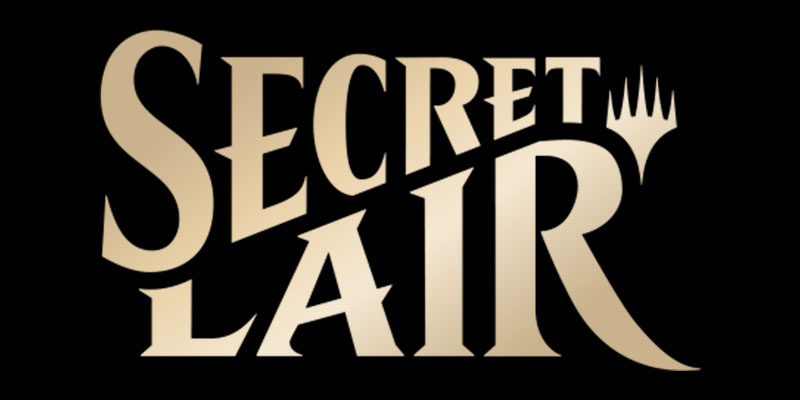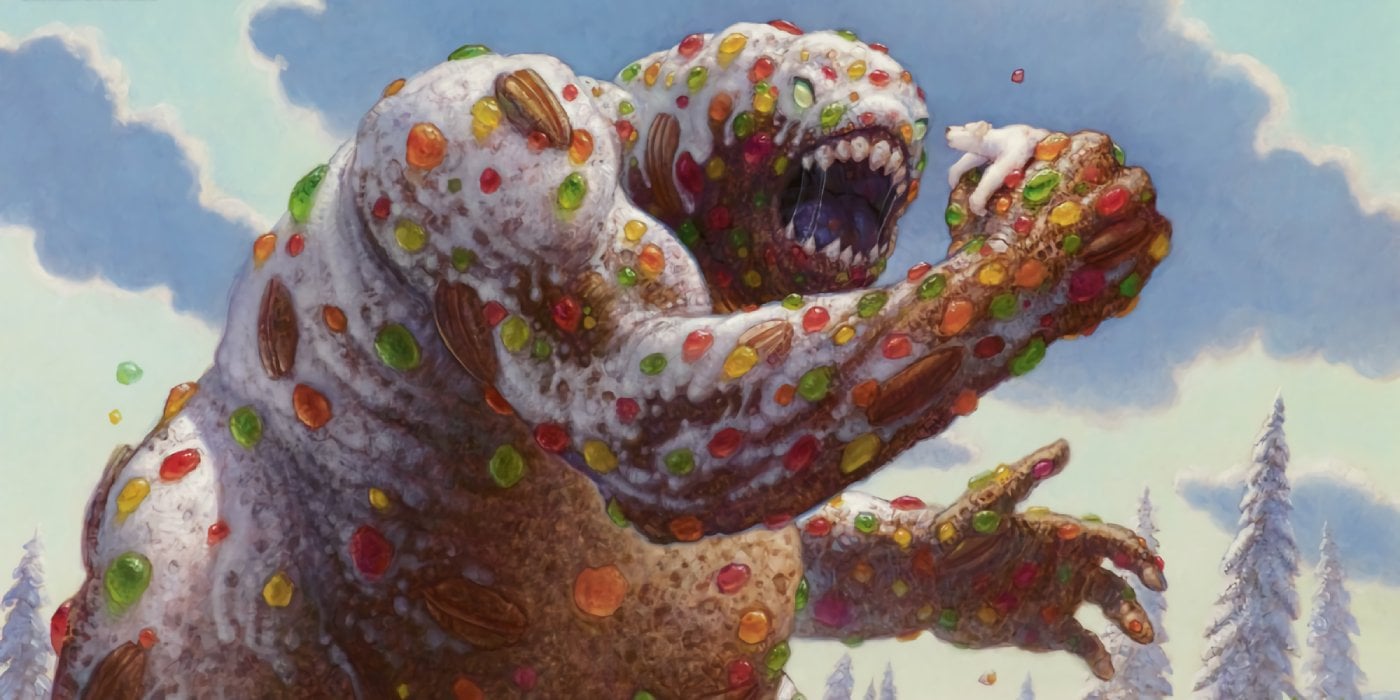We've got an update today for the MTG Banned and Restricted lists. Standard is safe though Historic gets some changes including the move of several previously suspended cards becoming banned.
You can read all the details of today's update below. The effective date for MTG Arena is later this week on July 16.
Quote From Wizards Announcement Date: July 13, 2020
Historic
- Agent of Treachery is banned (from suspended)
- Winota, Joiner of Forces is banned (from suspended)
- Fires of Invention is banned (from suspended)
- Nexus of Fate is banned
- Burning-Tree Emissary is suspended
Pioneer
- Oath of Nissa is unbanned.
Modern
- Arcum's Astrolabe is banned.
Pauper
- Expedition Map is banned.
- Mystic Sanctuary is banned.
Tabletop Effective Date: July 13, 2020
Magic Online Effective Date: July 13, 2020
MTG Arena effective date: July 16, 2020
HISTORIC
This section by Jay Parker
We currently have three cards suspended in Historic: Winota, Joiner of Forces; Agent of Treachery; and Fires of Invention. As with all suspensions, we have been carefully watching how the changes affected the Historic meta, and our data is showing it to distinct improvements with those cards removed. Each of these are also cards that will tend to get more problematic as the format grows in breadth and power, either as key ways to easily access very powerful effects, or as one of those powerful top-end pieces.
Because we feel the data shows a positive impact from the current suspensions, and because it is unlikely to be safe to reintroduce these cards to Historic anytime soon, Winota, Joiner of Forces; Agent of Treachery; and Fires of Invention are banned in Historic. (Players will be receiving Wildcards as normal for these bans, per the policy announced earlier.)
Though these suspensions, now bans, improved the metagame, the top end of Historic is still becoming too constricted. Shortly after the suspension of Winota, Joiner of Forces, the top 2 decks comprised roughly 15% of best-of-three play, showing a healthy, diverse spread of decks. Now the top two decks are roughly 35%, and the rate of concentration is increasing.
Over the last month, decks using Nexus of Fate have risen dramatically in terms of metagame share, and it is now Historic's most-played deck. The two main cards enabling this deck are Wilderness Reclamation and Nexus of Fate itself. While Wilderness Reclamation is a powerful card, we are not seeing it appear in problematic decks in Historic aside from this one. This deck also runs multiple ways to accelerate to early casts of Nexus of Fate, and those options will only expand with the format. Finally, Wilderness Reclamation acts primarily to give players access to a wider array of lines of play, while Nexus of Fate acts to prevent the opponent from playing at all. From both a long-term health and gameplay standpoint, we feel that Nexus of Fate is the better card to act on here.
Nexus of Fate is a card we have been watching closely for a long time in Historic. While it is very powerful, we had hoped that Traditional Historic would be a place where it could remain a balanced option for its fans. While this held true for a long time, with the deck showing strong but within-bounds play and win rates, it has now risen to a level where it is starving out other options and warping the format around itself.
Nexus of Fate is much like the cards discussed above, where its power will only grow as the Historic cardpool expands. And, like them, we do not feel that it is likely that the meta will soon reach a place where sufficient answers exist to make this deck a balanced, fun option for players. While we have generally acted to first suspend cards in Historic to test the impact, this is not a hard rule. Because we do not foresee a good opportunity to safely reintroduce Nexus of Fate to the format soon, Nexus of Fate is banned in Historic.
The other deck that has long been a powerhouse in Historic is Gruul Aggro. While it has often been the most-played deck, the separation between it and the other top decks has widened significantly in the last month. Gruul and Nexus are each now played more than three times as much as their closest competition in best-of-three, and Gruul has one of the highest win rates in both best-of-three and best-of-one. After considering the deck and the surrounding meta, we feel like the best card to act on here is Burning-Tree Emissary. While the explosive starts it enables are a factor in the deck’s rise, its removal should leave the deck with ample power to remain competitive, just at a more balanced level with other aggressive options.
Unlike Nexus of Fate, we do see a strong possibility that the Historic meta could shift in a way that allows Burning-Tree Emissary to find a balanced, fun home. However, as the meta stands today, the power it brings to Gruul Aggro is overall reducing the number of balanced, interesting, and varied deck options in format. For this reason, Burning-Tree Emissary is suspended in Historic.
One final note on Historic suspensions: When we first introduced the mechanism in December, we emphasized the limited-time nature of suspension by linking it to the periodic availability of Ranked Historic. Now that Ranked Historic is always available, that no longer works as a good boundary marker. Despite that, we will be adhering to the general timeline it imposed, and any suspension will be resolved via unsuspending or banning the affected card(s) within roughly the same 2-3 month span. We will always act more quickly when we feel the data is clear, but this will act as an outer bound. Suspension is a temporary measure to ensure that balance changes are playing out well, and it will not be used for any long-term action.
PIONEER
Since the launch of Pioneer late last year, we’ve seen significant changes in the metagame. Early in Pioneer’s launch window, various green ramp decks were among the most popular and successful archetypes. In order to reduce the consistency of these decks, Oath of Nissa was added to the banned list early in the progression of Pioneer.
Since that time, other cards used by green ramp decks have been banned, including Once Upon a Time, Veil of Summer and Oko, Thief of Crowns. In addition, the release of new sets has added power to other archetypes and generally expanded possibilities for deckbuilding. The metagame is now in a place where we feel that unbanning Oath of Nissa is a reasonable step to take as far as adding some power back to Nykthos, Shrine to Nyx ramp decks and other archetypes that revolve around key creatures, lands, or planeswalkers.
We are otherwise generally happy with the shape of the metagame in Pioneer, with the most played decks each having strengths and weaknesses against each other. We are keeping an eye on the populations of combo decks in the environment, although the perception that combo decks have dominant win rates isn’t backed up Magic Online play data. We are also seeing a variety of lesser-played decks having success, which indicates that the metagame may continue to shift.
MODERN
Over the past several months of Modern’s metagame, we have seen a rise in popularity and win rate of multicolor decks using Arcum’s Astrolabe, with some variants approaching 55% non-mirror match win rate. While these decks have taken on several different forms, their common game plan is using Arcum’s Astrolabe to play powerful cards across several colors. As a result, Arcum’s Astrolabe has become one of the most played cards in Modern.
While there’s nothing intrinsically bad about multicolor “good stuff” decks having a place in the metagame, their power and flexibility is usually counterbalanced by making concessions in their mana bases, often through lands that enter the battlefield tapped, cost life, or involve some other deckbuilding restriction. Arcum’s Astrolabe makes this tradeoff come at too low of a cost, as one Arcum's Astrolabe can often mean excellent mana for the rest of the game, without costing a card. In addition, Arcum’s Astrolabe leads to other synergy by virtue of being a cheap artifact permanent, and it can be blinked or recurred for card advantage. In short, Arcum’s Astrolabe adds too much to these decks for too little cost, resulting in win rates that are unhealthy and unsustainable for the metagame. Therefore, Arcum’s Astrolabe is banned in Modern.
We’re keeping an eye on Arcum’s Astrolabe in Legacy for similar reasons, although at present the play rates and win rates of Arcum's Astrolabe decks don’t warrant action. We’re aware of concerns among the Legacy community on this point but want to be consistent with our philosophy of only resorting to bans when a card or deck reaches problematic win rates that can’t be solved by natural metagame forces.
PAUPER
With last year’s bans of Gush, Gitaxian Probe, and Daze in Pauper, I noted a potential concern in that the weakening of blue tempo decks could create a rise in the popularity of Tron decks. While we didn’t immediately see a problematic metagame shift in the direction, Tron decks have remained steadily popular and strong, sometimes nearing 25% of the field among top finishing decks in Magic Online Pauper tournaments.
This trend, in combination with community feedback, has prompted us to take a look at the role of Tron decks in the Pauper metagame. While it can be a good thing for metagame diversity to have an archetype that plays differently from many other strategies, we are seeing some negative effects in terms of repetitive game play, recursive play patterns and lock states. This puts pressure on other decks to be able to deal with such game states or else race the Tron decks, and generally restricts viable deckbuilding space.
Therefore, we’re taking the step of banning Expedition Map in order to reduce the consistency and popularity of Tron decks in the metagame.
Second, multiple archetypes have recently adopted Mystic Sanctuary as another means of creating repetitive loop or lockout states. While decks often only play a couple copies of Mystic Sanctuary, it is proving to be another key contributor of negative pressure on the metagame by enabling end game loops. As a card that’s likely to continue causing problems down the road, we’re choosing also to ban Mystic Sanctuary in Pauper.
Our intent is that this combination of bans should considerably reduce the speed and consistency with which Tron decks assemble their mana engine and eventual loop or lock states, as well as reducing the amount of repetitive game play coming from various blue-based tempo decks.
A NOTE ON STANDARD
After careful review of the metagame, we’re choosing not to make any changes to Standard at this time. Players Tour Online 3 and 4 saw the overall win rates and day 2 conversion rates of the most played decks, Bant Ramp and Temur Reclamation, come down to healthier levels. In the weeks following we’ve seen other archetypes rise in popularity and win rate, including Mono Green Aggro, Rakdos Sacrifice, Mono Black Aggro, RW “Pawblade”, Simic Flash, and others. Core Set 2021 has brought a variety of new tools, and generally we’re seeing steady motion in the metagame leading up to the Players Tour Finals.
While we agree with concerns that Growth Spiral ramp decks, in aggregate, have recently represented a larger than ideal portion of the metagame, we do see different archetypes within that larger category behaving differently in terms of strengths, weaknesses and roles in the metagame. With signs of the metagame shifting away from ramp in recent weeks, the release of Core Set 2021, and Standard with rotation coming in the fall, we’ve decided to allow the metagame to continue its natural evolution.




Comments
Surprised Teferi's Tutelage isn't in the conversation at all. I've been seeing so many decks, including one that decked me on turn 4 using a combo of Teferi and Song of Creation with a crap ton of zero mana spells.